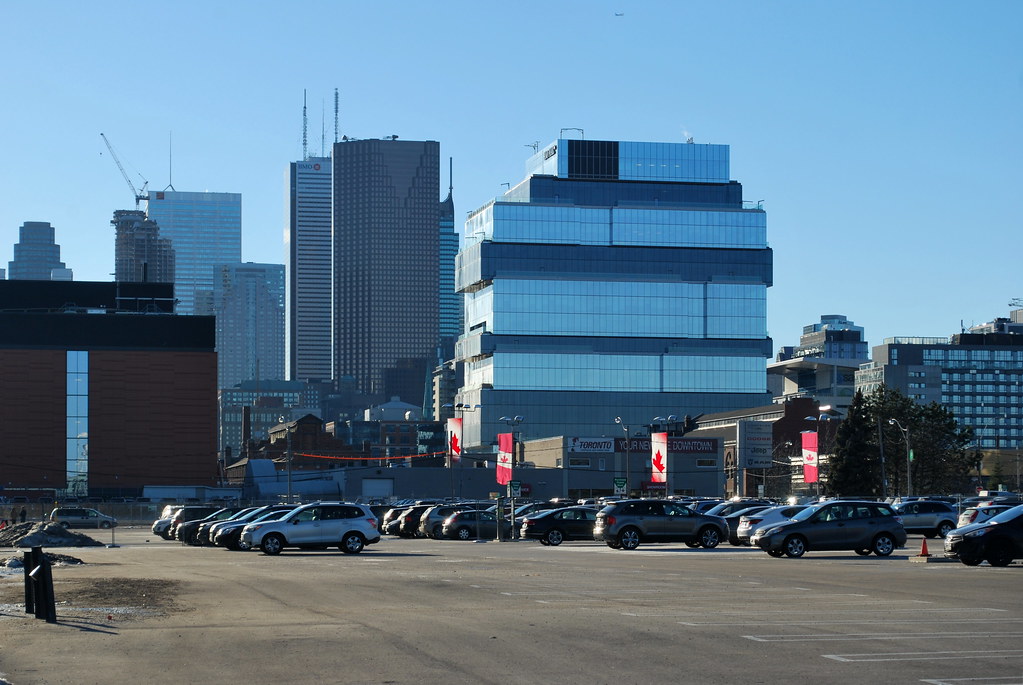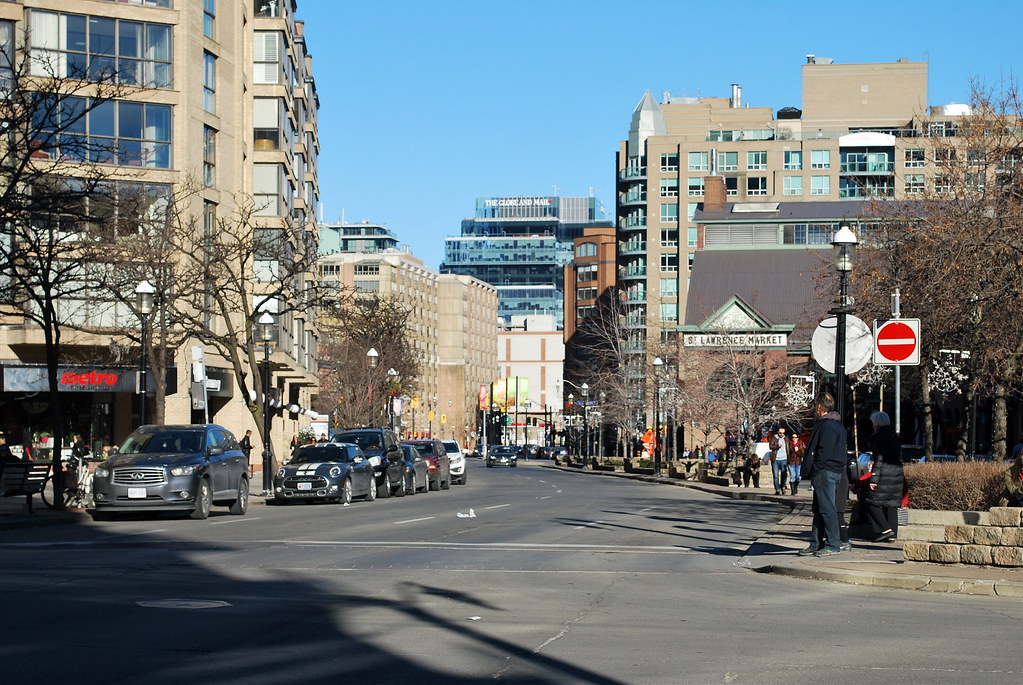You are using an out of date browser. It may not display this or other websites correctly.
You should upgrade or use an alternative browser.
You should upgrade or use an alternative browser.
Toronto The Globe and Mail Centre | 83.21m | 17s | First Gulf | Diamond Schmitt
- Thread starter DSC
- Start date
Contra
Senior Member
This has turned out great. The signage will look great when finished as well!
Marcanadian
Moderator
Sunday:
 Globe and Mail by Marcus Mitanis, on Flickr
Globe and Mail by Marcus Mitanis, on Flickr
 Globe and Mail by Marcus Mitanis, on Flickr
Globe and Mail by Marcus Mitanis, on Flickr
 Globe and Mail by Marcus Mitanis, on Flickr
Globe and Mail by Marcus Mitanis, on Flickr
 Toronto by Marcus Mitanis, on Flickr
Toronto by Marcus Mitanis, on Flickr
 Globe and Mail by Marcus Mitanis, on Flickr
Globe and Mail by Marcus Mitanis, on Flickr Globe and Mail by Marcus Mitanis, on Flickr
Globe and Mail by Marcus Mitanis, on Flickr Globe and Mail by Marcus Mitanis, on Flickr
Globe and Mail by Marcus Mitanis, on Flickr Toronto by Marcus Mitanis, on Flickr
Toronto by Marcus Mitanis, on FlickrSkeezix
Senior Member
Member Bio
- Joined
- Apr 25, 2007
- Messages
- 4,343
- Reaction score
- 2,688
- Location
- East of this, west of that
Particularly nice shot looking east down Front Street, @Marcanadian. Didn't realize that the building, and in particular the new The Globe and Mail signage, had such prominent visibility from that location.
Miscreant
Senior Member
Member Bio
- Joined
- Oct 9, 2011
- Messages
- 3,616
- Reaction score
- 1,795
- Location
- Where it's urban. And dense.
Great shot. Thanks. It'll look a bit neater though whenever that gas station at Front and Sherbourne bites the dust.
DSC
Superstar
Member Bio
- Joined
- Jan 13, 2008
- Messages
- 19,836
- Reaction score
- 28,774
- Location
- St Lawrence Market Area
While it is true that the gas station at Front and Sherbourne is not pleasant to look at there really is a need for a gas station in the area. Over the last decade most of them have closed and the next nearest are, I think, at Richmond and Jarvis and Jarvis and Wellesley.Great shot. Thanks. It'll look a bit neater though whenever that gas station at Front and Sherbourne bites the dust.
Skeezix
Senior Member
Member Bio
- Joined
- Apr 25, 2007
- Messages
- 4,343
- Reaction score
- 2,688
- Location
- East of this, west of that
While it is true that the gas station at Front and Sherbourne is not pleasant to look at there really is a need for a gas station in the area. Over the last decade most of them have closed and the next nearest are, I think, at Richmond and Jarvis and Jarvis and Wellesley.
I think the Shell at Richmond and Parliament is probably closer than the one at Jarvis and Wellesley. The Esso at Church and Dundas may also be closer. But good point - people are not going to stop needing gas, at least not at any point soon. The market will dictate what happens to that station, and the market might not do anything in the near future.
Tulse
Senior Member
With major developments on two of the corners, I can't imagine the gas station will be there for long -- the market is speaking pretty loudly.
rdaner
Senior Member
I have seen developments in Japan that incorporate an open air gas station on the ground floor of an apartment or office tower. Maybe we are ready for such high density solutions.
bilked
Senior Member
But good point - people are not going to stop needing gas, at least not at any point soon.
Well, hopefully these eyesores are rendered obsolete sooner than later:
http://www.economist.com/news/busin...rm-gain-electric-cars-are-set-arrive-far-more
http://www.greencarreports.com/news/1109011_speedy-growth-of-electric-cars-will-challenge-automakers
maestro
Senior Member
Well, then the gas stations would make perfect spots for gas fired generating stations if electric cars finally live up to the hype after a hundred years of disappointment.
bilked
Senior Member
Sure, just don't tell that to the Norwegians where 37% of all new car sales are EVs and where there's a legislated end game of reaching 100% by 2025.
But from the thread, I clearly digress. I just get excited thinking about the renewal that can occur at all these gas stations pockmarking the inner city once the death knell finally sounds for the internal combustion engine.
But from the thread, I clearly digress. I just get excited thinking about the renewal that can occur at all these gas stations pockmarking the inner city once the death knell finally sounds for the internal combustion engine.
Last edited:
jje1000
Senior Member
FYI electric car sales are heavily subsidized in Norway, paid for by oil money.
That's not necessarily a bad thing though, but it's not that electrics are currently competing with petrol cars on equal footing.
That's not necessarily a bad thing though, but it's not that electrics are currently competing with petrol cars on equal footing.
bilked
Senior Member
True, but cost parity soon cometh. In 2010, the U.S. DoE suggested cost parity would be reached when lithium battery cell packs drop to $125usd/kWh. They set a goal of reaching this by 2022. The 2017 Chev Volt has a battery cell cost of $145/kWh. Nearly there. The industry is now forecasting battery costs to drop to $100/kWh by 2020 and to $80/kWh soon after that. I'd hate to be in the horse and buggy business by then.
In any event, the billions of dollars in health care costs (and premature deaths) arising from air borne pollutants directly attributable to the use of ICE vehicles represent a public subsidy of sorts too. If users were required to bear those externalities, the cost of ICES would exceed the unsubsidized costs of EVs by a comfortable margin.
In any event, the billions of dollars in health care costs (and premature deaths) arising from air borne pollutants directly attributable to the use of ICE vehicles represent a public subsidy of sorts too. If users were required to bear those externalities, the cost of ICES would exceed the unsubsidized costs of EVs by a comfortable margin.


